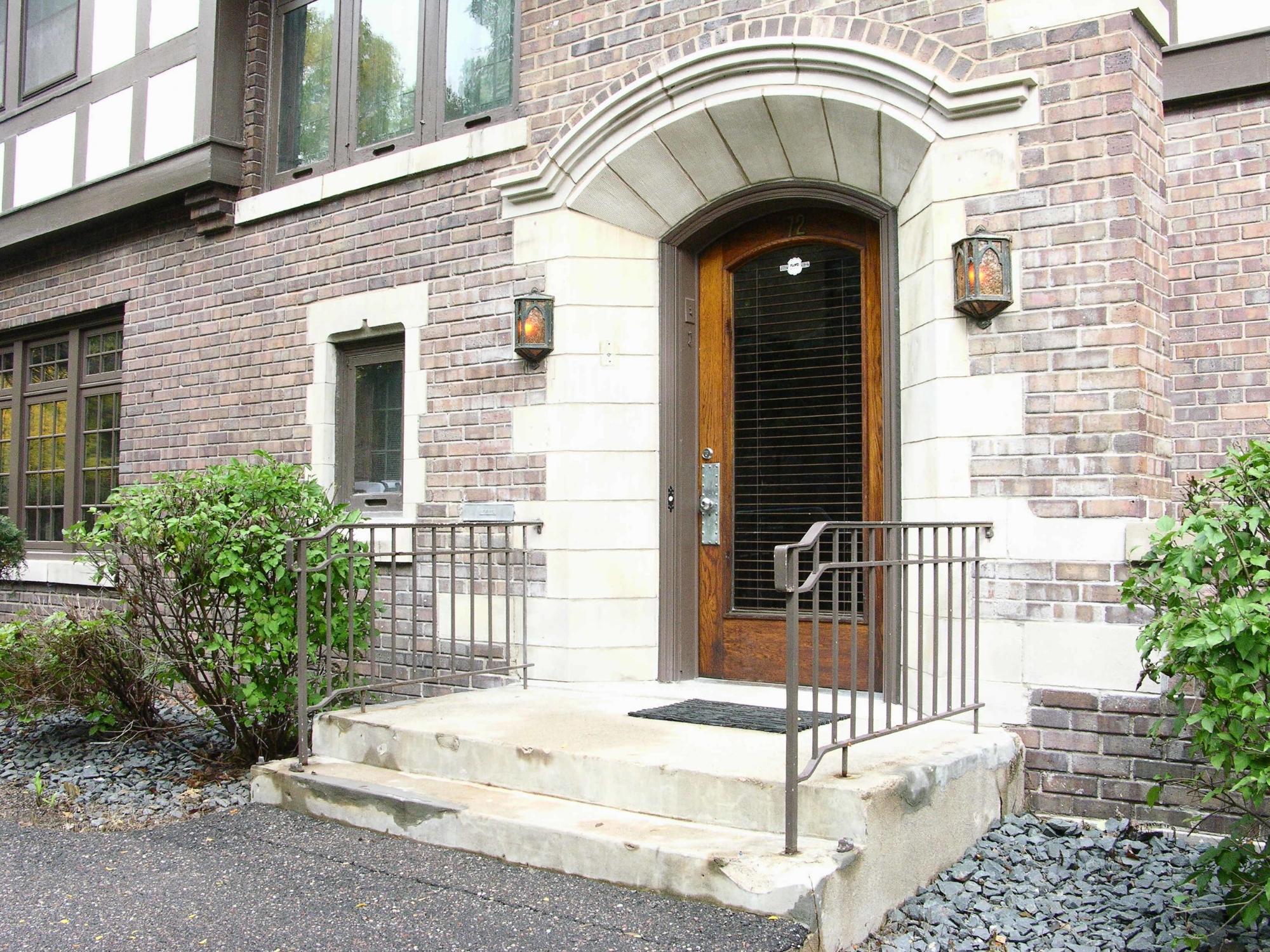So You Want to List Your House on the National Register of Historic Places
/
Was your house built in a distinctive style, or designed by a notable architect?
Do you love to tell stories about famous former inhabitants?
Do you think it's just a really neat house and would like to learn more about whether it could be recognized as one?
If you answered "yes!" to any of these questions, you may have an eligible property for the National Register of Historic Places! Created as part of the 1966 National Historic Preservation Act, the National Register is the official list of the nation's historic properties worthy of preservation. Currently, more than 90,000 properties are listed. Anyone is allowed to submit a nomination form, from local governments to special interest groups to private citizens like you! All it takes is the time and dedication to do the research and fill out the nomination form. If you don't know where to start, never fear! We've rounded up all the resources you may need.
BENEFITS
You may be asking yourself, "why would I go through a bunch of work just to put my house on a list?" There are many benefits to having a federally-recognized historic property, including:
- Federal preservation grants for planning and rehabilitation
- Federal investment tax credits
- International Building Code fire and life safety code alternatives
- Possible state tax benefit and grant opportunities*
- The opportunity to celebrate the listing by ordering a bronze plaque that distinguishes the property as listed in the National Register!
*For our local customers: The Minnesota Historic Structure Rehabilitation Tax Credit offers a state tax credit up to 20% for qualified historic rehabilitation!
Also good to keep in mind, listing your property on the National Register DOES NOT do the following:
- Require public access to your property
- Lead to public acquisition of your property
- Automatically invoke local historic district zoning or local landmark designation
- Place restrictions on what you may do with your property, up to and including destruction, UNLESS it is part of a project that receives federal assistance
Basically, your property is still yours to do what you like with it, unless you apply for something like a federal preservation grant to help with restoration. Technically, you can even demolish your house, but you risk losing the National Register designation unless your property was listed for more than just the structure.
PROCESS
If you think your house could potentially be eligible for listing on the National Register, there's a four step process you need to follow:
1. Contact your State Historic Preservation Office (SHPO)
This is the agency that will receive and review your nomination, and essentially take over the nomination process after you complete the form. They will be immensely helpful in your research, since they have a wide range of knowledge and resources available to you. They can also tell you if your property is already protected by local or state ordinances, help you determine which of the four criteria (covered in the next point) it falls under, and provide guidance for navigating the more complex sections of the nomination form. You can find a list of SHPO websites here.
2. Do your research!
A property is eligible for the National Register if it meets at least one of the following criteria (although meeting more than one always helps a nomination!):
Criteria A: Associated with events that have made a significant contribution to the broad patterns of our history (e.g. a house that was part of the Underground Railroad network)
Criteria B: Associated with the lives of significant persons in our past (e.g. the childhood home of Martin Luther King, Jr.)
Criteria C: Embodies the distinctive characteristics of a type, period, or method of construction, or that represents the work of a master, or that possesses high artistic values, or that represents a significant and distinguishable entity whose components may lack individual distinction (e.g. a house designed by notable architect Frank Lloyd Wright, or that is a well-preserved example of the Art Deco style of architecture, or was built with the Chicago School construction method)
Criteria D: Has yielded or may be likely to yield information important in history or prehistory (e.g. a house in Colonial Williamsburg that may contain archaeological artifacts from the colonial era)
Typically, houses are not eligible for consideration if they are solely the birthplace of a historic person, have been moved from their original location, are reconstructed historic buildings, or became significant less than 50 years ago, unless they meet the following exceptions:
- It is the birthplace of a historic person, and there is no appropriate site or building associated with his or her productive life.
- It is moved from its original location, but it is significant for its architectural value, or is the most important structure associated with a historic person or event.
- It is a reconstructed historic building that has been accurately executed in a suitable environment and presented in a dignified manner as part of a restoration master plan, and no other building or structure with the same association has survived.
- It has achieved significance within the past 50 years for something of exceptional importance.
If you believe your house may fall under one of these exceptions, the SHPO will be invaluable in helping you determine if it is still eligible for the National Register.
3. Fill out the nomination form
You can find the nomination forms found on the National Park Service website here. The only form you need is Form 10-900, unless you need additional space for Sections 7 and 8 (Form 10-900a) or you are submitting a multiple property nomination (Form 10-900b). The National Park Service has published many bulletins that can assist you in filling out the form, including "Researching a Historic Property," "How to Apply the National Register Criteria for Evaluation," and "How to Complete the National Register Registration Form." The two most important things to remember when filling out the form is that your house must have historical significance (as shown through one or more of the four criteria) and it must retain the integrity of its significance (in location, design, materials, association, etc.).
4. Submit your nomination!
Submit your nomination to the State Historic Preservation Office. They will review the form, notify local governments and request public comment, submit the nomination to the state review board, and, if it passes, send it on to the National Park Service of final review and listing by the Keeper of the National Register of Historic Places! After you submit the nomination to SHPO, it will take a minimum of 4-5 months to finish the process, so patience is key!
IN CONCLUSION...
Here at Architectural Antiques, we are strong advocates of preserving our material heritage. With every item we salvage, restore, and repurpose, we are retaining meaningful pieces of our history to be appreciated by generations to come. Antique architectural elements are a great addition to any style of decor, but they can also make your nomination application stronger if they fit with your home's era of significance. If you are in the market for an era- or style-specific piece for your home, come on in and let us help you find the perfect light fixture, stained glass window, woodwork, etc. for your historic place!





